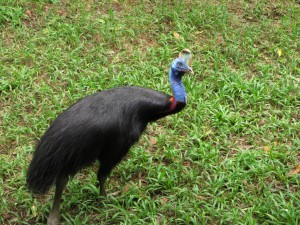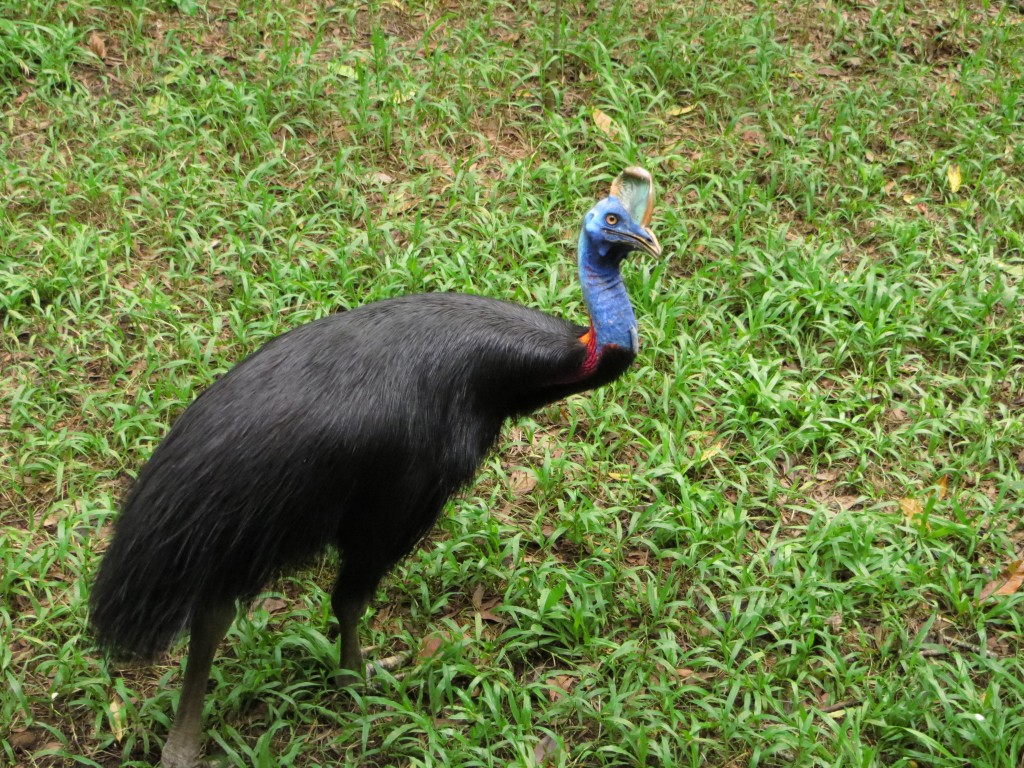I have been in Cairns, Australia for the past 2 days getting ready for Papua New Guinea. My boss, who is from Cairns, has been talking to me about the wonders and challenges of doing conservation work in Papua New Guinea (PNG). The Monterey Institute of International Studies’ Center for the Blue Economy granted me with a fellowship to work with the Tree Kangaroo Conservation Program (http://www.zoo.org/treekangaroo) on the YUS conservation area in the Huon Peninsula this Summer. This area is known for having some of the highest rates of land and marine biodiversity in the world. My main duties will be to help determine:
1) how coastal resources (emphasis on near-shore marine) are used by locals as well as non-locals (people moving through the coast);
2) determine values to local landowners of coastal resources using both economic and non-market means; and
3) the constraints and opportunities for improving the economic viability of the principle income earning land-use – cocoa farming.
I will be based in PNG’s second largest city, which has a reputation for being a hard-nosed place. I must admit I am mildly worried about safety. However, I have been told that with some basic precautions, most risks can be avoided. I am fortunate to be working with a well established organization which has amazing staff, so I am sure everything will work just fine.
From a professional perspective, I will have to straddle a fine line between idealism and pragmatism. I am well aware that my contributions over three months will be marginal at best. Nevertheless, I hope I can focus my work to produce concrete deliverables that can support ongoing program activities. I will work closely with my counterpart Benjamin Sipa, who is the Sustainable Livelihood Coordinator. While I will only visit the rural areas once during a two week period, I will focus most of my efforts on training the program staff on doing basic ecosystem service valuation. Understanding the marginal contributions of different ecosystems to community welfare provides important information to support decision making on economic and conservation goals. Fortunately, the program has collected ecosystem and demographic data for many years, which will facilitate the valuation process.
 The first few weeks on the ground I will be soaking up as much information as possible, so I can develop a comprehensive and realistic work plan for my time there. Since this is my first professional experience after graduate school, my biggest personal challenge will be integrating my academic training into my previous work experiences in developing countries. If I manage to do this effectively, I am sure I could provide meaningful contributions to the program.
The first few weeks on the ground I will be soaking up as much information as possible, so I can develop a comprehensive and realistic work plan for my time there. Since this is my first professional experience after graduate school, my biggest personal challenge will be integrating my academic training into my previous work experiences in developing countries. If I manage to do this effectively, I am sure I could provide meaningful contributions to the program.
I will do my best to keep this blog updated at least weekly. Once I am in the ground and have a phone number, I will post it so you can get a hold of me if you wish to do so. PNG is 14 hours ahead of the East Coast and 17 hours ahead of the West Coast.



One Comment